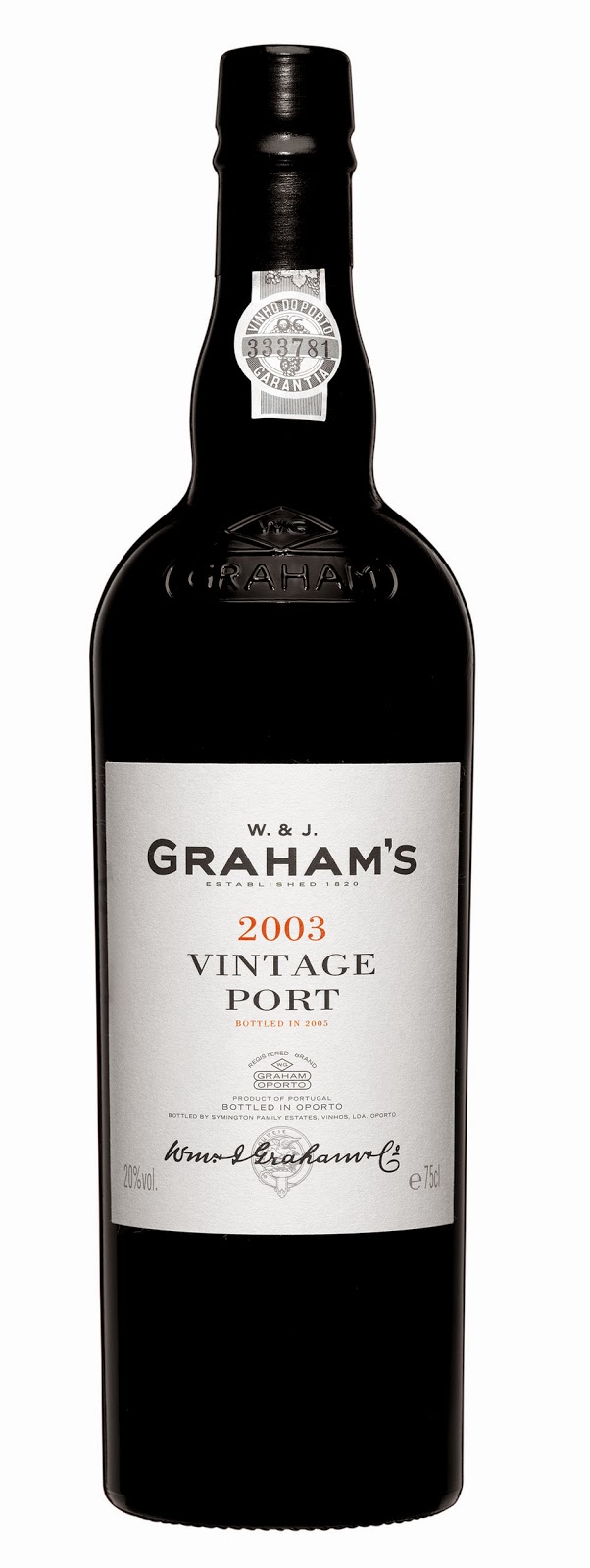Lisbon has well planned underground metro train for transportation followed by trams, taxis and buses and choice remains open for the user where one wants to go and then how to reach a specific place, depending on the budget available.
Lisbon has a good connectivity to other places by train and ferries. From CAIS DO SODRÉ has trains connecting to Estoril andCascais while using a trams pass, one can reach upto Belem. The ferries have a link with Cacilhas enjoying city skyline during ten minutes journey across the river. Buses have their starting point heading to Setubal and Sesimbra. ORIENTE STATION is transportation hub of the city situated in the middle of Parque das Nações. This is a Lisbon’s great connectivity using bus and metro as almost every train stops while passing Lisbon.
Lisbon has
full attention to its scenic beauty. A coastal railway travels from
Cais do Sodré Station to Estoril and then to Cascaisevery thirty minutes. This
train stops at various stations. One can enjoy separate train to the royal park
situated in Sintra. Train connection to Setúbal is regularly
operated by Fertagus. This leaves from stations Roma/Areeiro,
Entrecampos&Sete Rios. Otherwise, for roaming the city, book for Lisbon airport transfers.
Lisbon has a unique location along
famous rivers like river Tagus, Lisbon has three river based stations. These
stations also serve the metro and bus networks and connect the places that are
located on located on southern side of the river.
Lisbon Airport name is Lisbon
Portela Airport, holding IATA Code as LIS. The airport takes its name
from the neighboring Loures Municipality, previously called Portela
de Sacavém. The airport has several direct destinations across Europe, Asia and
USA. 








